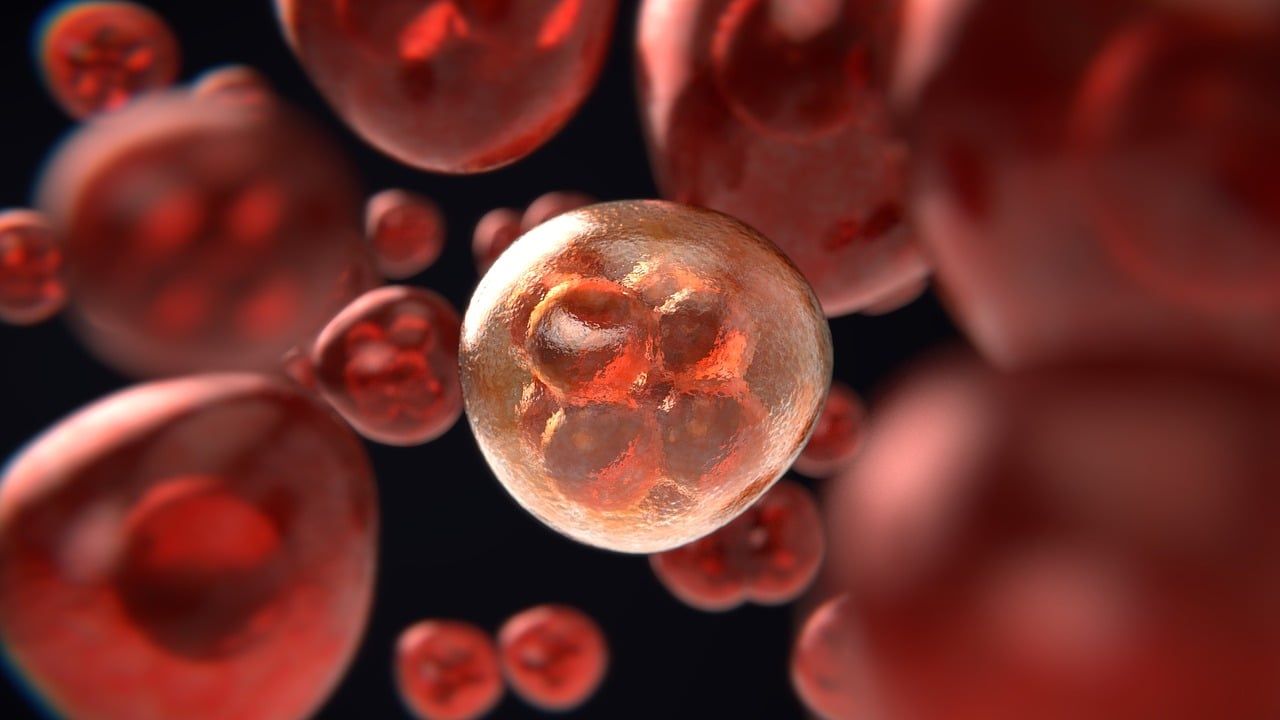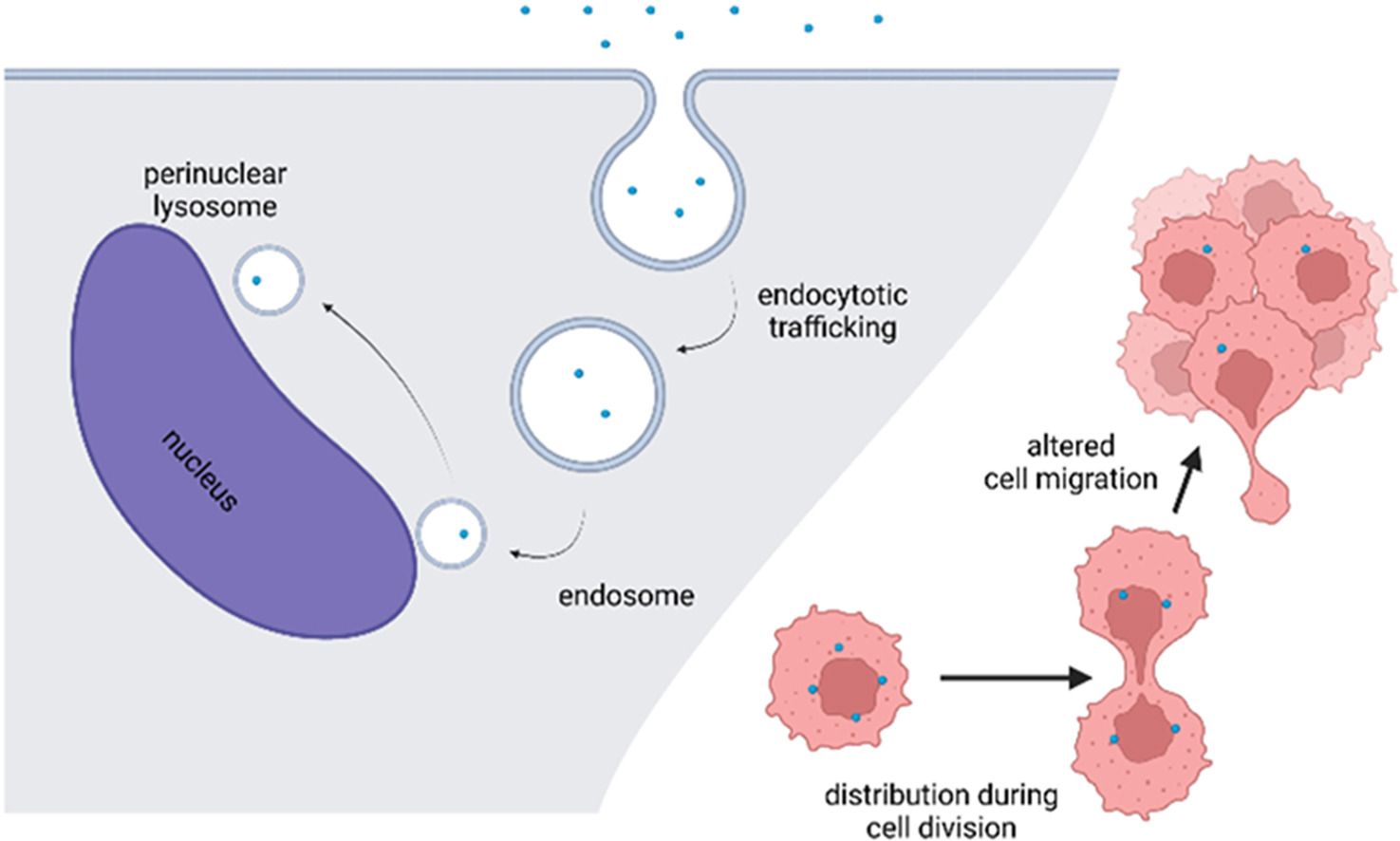Microplastics could spread cancer: here's how
Follow us on Google News (click on ☆)
A recent study suggests that these particles could not only persist longer in the body than previously believed but also contribute to the spread of cancer when located inside tumors. Although still preliminary, this finding raises important questions about the effects of microplastics on our health.

Illustration Image Pixabay
The study, conducted in the lab with cancer cells, examined how microplastics and nanoplastics (MNPs), especially those smaller than 10 micrometers (about 0.0004 inches) in diameter, can penetrate cells and accumulate within them. These particles come from everyday sources such as single-use water bottles and can enter the body through inhalation or ingestion.
The results showed that when cancer cells divide, MNPs can be transmitted from one cell to its next generation without showing signs of elimination. Moreover, cells exposed to MNPs were more mobile, potentially facilitating metastases, the spread of cancer to new locations in the body.
Scientists also discovered that small MNPs accumulate in lysosomes, structures that serve as the cell's waste degradation system. However, these lysosomes do not break down MNPs, highlighting the persistence of these particles within the body. This characteristic could be due to the fact that the human body lacks metabolic processes to break down these particles.

Microplastics (blue dots) inserting and spreading in the body
Although the study has its limitations, notably because it was carried out on cancer cells in a lab and the microplastics studied slightly differ from those found in the environment, it represents an early warning signal about the potential dangers of microplastics to human health.
The study's authors and other researchers emphasize the need to significantly reduce our plastic consumption to decrease the potential effects on our health and the environment. They also call for more research on different types and forms of microplastics that more closely resemble those present in our everyday environment.